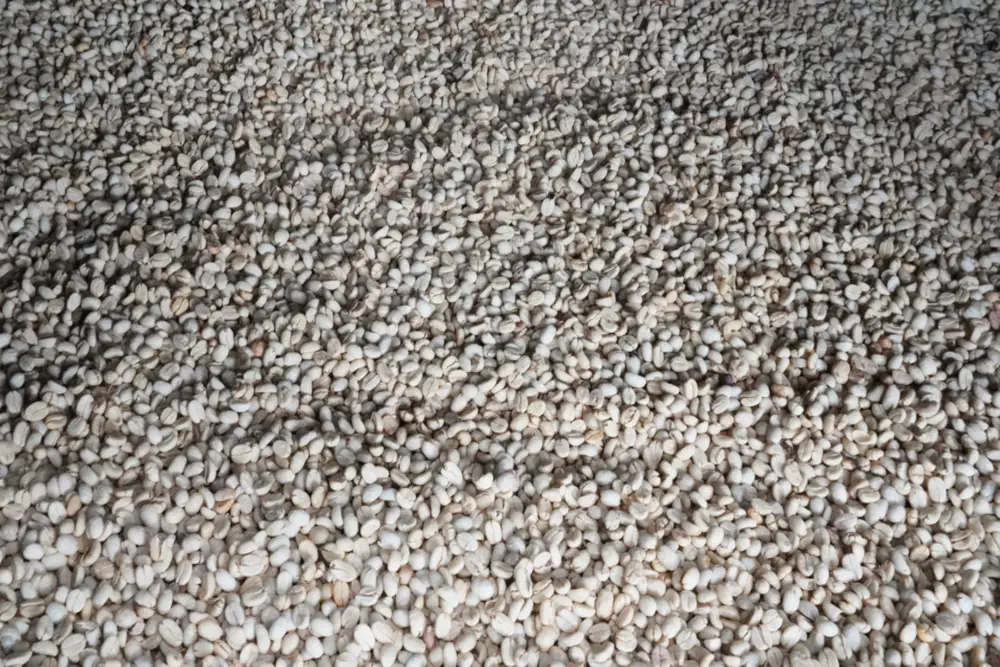Cow’s milk is part of the staple diet of many people around the world. We consume them as a supplement to muesli, juices, coffee and even as a drink on its own.
The main alternatives are:
- Soy milk
- Almond milk
- Oat milk
- Coconut milk
Table of Contents
Milk and coffee: the perfect couple?
Latte and cappuccino are among the top 10 most popular coffee drinks in the world, right after espresso and americano. They have one ingredient in common: milk.
The milk coffee is made from espresso, which is used for 1/3 of the drink, while the remaining 2/3 is taken by frothed milk and finally a 1 cm thick layer of milk froth. It is described as a smooth and silky drink.
Cappuccino has a similar composition. It is also made with espresso, steamed milk and milk froth, but in this case, they are used in equal parts and served in 150-180ml cups.
In addition, the use of milk in coffee also has an important aesthetic aspect. It’s a drink that’s hard to resist snapping, especially when baristas are given the freedom to be creative with unique designs, some simple and some very complex. One could say that milk is the color in latte art and espresso is the canvas.
Why put milk in coffee?
There are several explanations for the use of milk in coffee. It’s a very handy way to change the texture of the coffee if you like it creamier. It also serves to cool the espresso or to soften the strong, concentrated flavor that characterizes an espresso.
Changing the coffee texture
The mouthfeel of a cup of regular coffee can be described as similar to that of water, except in this case it can be hot, unless it’s a cold brew, for example.
Milk contains a variety of components, but the main role in changing the texture is played by fats. They transform the cup of coffee, giving it a thickness and smoothness that could be described as “velvety”.
Change in coffee taste
Another noticeable change in coffee is the taste, as two different drinks are mixed. The change in taste is mainly due to the proteins contained in the milk. 100 ml of milk contains 3.50 grams of protein. These are:
- Casein
- Beta -lactoglobulin
- Alpha -lactoalbumin
- Lactoferrin
- Lactoperoxidase
- Immunoglobulins
- Lysozyme
Their role in changing the flavor of a cup of coffee is to soften the bitterness by combining with polyphenolic compounds like tannins. These have a bitterness which, if released in excess, will not make the cup of the best quality.
Decreased acidity
Milk proteins also help reduce acidity, also known as coffee shine. This effect is caused by the reaction of the proteins with the chlorogenic acid, which is mainly responsible for the shine of the coffee.
The acidity of the coffee is very much appreciated when cupping. However, it’s a trait we might not want to emphasize in our everyday coffee. Adding milk helps reduce acidity.
Now that we know how milk interacts with coffee, we can look at some alternatives that can have a similar effect. Ultimately, it’s a very different experience that we can enjoy regardless of our preference for cow’s milk, our diet, or the medical issues associated with milk consumption.
Alternatives to milk for coffee enjoyment
Nowadays it is easy to find milk made from alternative products such as almonds, soy, oats or rice.
These plant-based alternatives are usually made by soaking the legume, nut, or grain and then squeezing and straining the liquid, which is then called milk. Here are 9 alternatives to cow’s milk that you might want to try.
Soy milk
It’s made from soybeans or soy protein, and thickeners and vegetable oils are often added to improve flavor and texture.
It has a soft, creamy taste. However, taste may vary from brand to brand. It is the most commonly used plant-based milk as an alternative to cow’s milk.
A cup of unsweetened soy milk contains between 80 and 90 calories. It also contains between 4 and 4.5 grams of fat, between 7 and 9 grams of protein and 4 grams of carbohydrates.
It contains a similar amount of protein as cow’s milk, but almost half the calories, fat and carbohydrates. It also contains essential amino acids that the body cannot produce itself.
However, there are two negative aspects to soy. First, soy milk contains high levels of isoflavones, which can cause hormonal problems, although none of the studies that have been done are largely conclusive. Second, soy milk is not recommended for people on a zero-FODMAP diet.
FODMAPs are a type of short-chain carbohydrate found in some foods that can cause digestive problems.
Almond milk
As the name suggests, almond milk is made from almonds. It has a characteristic nutty flavor with a hint of sweetness.
Their nutritional composition per cup is between 30 and 35 calories, 2.5 grams of fat, 1 gram of protein, and 1 to 2 grams of carbohydrates. It contains less than a quarter of the calories and less than half the fat of cow’s milk. It is a good choice for anyone who is dieting or trying to eat a low-calorie diet.
Almond milk is essentially water, so it’s not uncommon for some brands to advertise that their almond milk only contains 2% almonds. So, to get the most nutrients and benefits, you should aim for a concentration between 7 and 15%.
Oat milk
Oat milk is made from a mixture of oats and water. However, manufacturers often add additional ingredients such as oils and salt to achieve a milk-like flavor and texture. It also has a mild, sweet taste.
Its nutritional value per cup is between 140 and 170 calories and it has around 5 grams of fat. In addition, it contains between 2.5 and 5 grams of protein and between 19 and 29 grams of carbohydrates.
This milk comes close to cow’s milk in terms of its calorie composition, but has up to twice as many carbohydrates and half as much protein and fat. In addition, it is rich in dietary fiber.
Coconut milk
Coconut milk is made from water and the pulp of the coconut. It has a creamy texture and a sweet but subtle coconut flavor.
Their nutritional makeup per cup is 45 calories, 4 grams of fat, no protein, and low in carbohydrates. That’s a third of the calories of cow’s milk, half the fat, and significantly less protein and carbohydrates.
As with soy milk, moderate consumption is also recommended for the FODMAP diet. It is recommended to consume 1/2 cup (120ml) at a time.
Rice milk
Rice milk is made from ground white or brown rice and water. It’s a safe option for people with allergies or intolerance to dairy, gluten, soy, or nuts. It also has a naturally sweet taste.
A cup of rice milk contains 130-140 calories, 2-3 grams of fat, 1 gram of protein and 27-38 grams of carbohydrates. Compared to cow’s milk, it has a similar calorie content, but almost twice as many carbohydrates. It also contains much less protein and fat.
Cashew milk
Cashew milk is made from a mixture of cashew nuts and water. It is a creamy, sweet milk with a subtle nutty taste.
A cup of unsweetened cashew milk contains between 25 and 50 calories, between 2 and 4 grams of fat, a maximum of 1 gram of protein, and between 1 and 2 grams of carbohydrates. That’s less than a third of the calories of cow’s milk, half the fat, and far less protein and carbohydrates.
Macadamia milk
Macadamia milk consists mainly of water and 3% macadamia nuts. A cup contains 50-55 calories, 4.5-5 grams of fat, 1-5 grams of protein and 1 gram of carbohydrates.
Hemp milk
Hemp milk is made from the seeds of the hemp plant, Cannabis sativa. Hemp seeds contain very small amounts of tetrahydrocannabinol (THC), the chemical responsible for marijuana’s mind-altering effects. It has a slightly sweet, nutty taste and a watery consistency.
Their nutritional values are between 60 and 80 calories per cup, between 4.5 and 8 grams of fat, between 2 and 3 grams of protein and between 0 and 1 gram of carbohydrates. It contains a similar amount of fat as cow’s milk, but only about half the calories and protein.
Quinoa milk
Made from water and quinoa. Whole grain quinoa is highly nutritious, gluten-free and high in quality protein. It is a new type of milk that can be more difficult to obtain and more expensive.
A cup contains 70 calories, 1 gram of fat, 2 grams of protein and 12 grams of carbohydrates.



